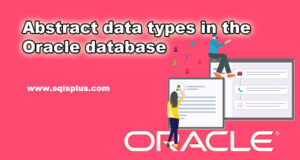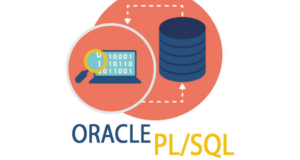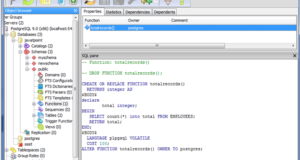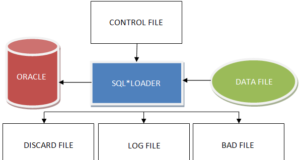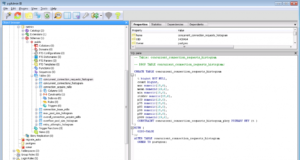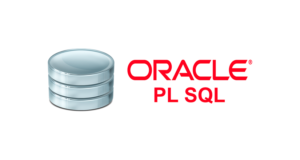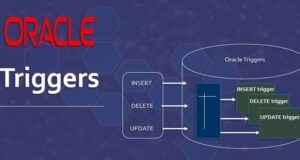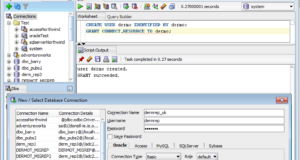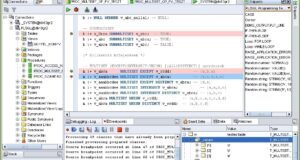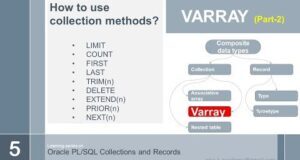Oracle PL/SQL
PreambleMongoDB has a removal method to remove documents:db.users.remove({name : "Tom"})The remove() method returns the WriteResult object. If one document is deleted successfully, the result is the...
PreambleThe whole model of the database device in MongoDB can be presented as follows:If in the relational databases the contents are tables, then in the working with databases consists of...
This article gives a brief overview of the important Oracle functionality that helps to facilitate the object-oriented programming process.Central to object-oriented programming in Oracle are...
To help in managing transactions, Oracle DBMS allows you to use two special types of transactions - discrete transactions and standalone transactions. In this blog article, we will describe both...
Using machine resources (including memory and processor), Oracle can support tens of thousands of concurrent database users. The memory management technologies of Oracle in recent years have...
The PostgreSQL to_number function converts a string into a number. Syntax of to_number function in PostgreSQL to_number( string1, format_mask ) Parameters and function argumentsstring1 -...
In this article, we will talk about how to upload information to an Oracle database, namely, we will consider a utility to import data into an Oracle database called SQL*Loader. Downloading and...
The PostgreSQL replace function replaces all occurrences of the specified string. Syntax of the replace function in PostgreSQL replace( string, from_substring, to_substring ) Parameters and...
The character_length function in PostgreSQL returns the length of the specified string. The syntax of the character_length function in PostgreSQL character_length( string ) Parameters and...
Oracle PL/SQL is a combination of SQL, along with the procedural features of programming languages. It was developed by Oracle Corporation in the early 90's to extend the capabilities of...
A trigger is a named PL/SQL module that is stored in a database and can be invoked again. You can enable and disable a trigger, but you cannot explicitly call it.When the Trigger is enabled,...
In Oracle PL/SQL, an operation on SET collections returns a collection with distinct (i.e. a collection without takes). SET syntax in Oracle PL/SQL SET (nt) Parameters and arguments of the...
In Oracle PL/SQL, the MULTISET UNION collection operation returns the merging of two collections MULTISET UNION syntax in Oracle PL/SQL nt1 MULTISET UNION nt2 Collection parameters and...
In Oracle PL/SQL, the PRIOR and NEXT methods are functions that allow you to move back and forth in the collection (ignoring the deleted items even if DELETE stores fillers for them). These...
In Oracle PL/SQL, the LIMIT method is a function that returns the maximum number of elements that a collection can have. If the collection does not have the maximum number of elements, LIMIT...
In Oracle PL/SQL, the COUNT method is a function that returns the number of items in a collection (ignoring the deleted items even if DELETE stores fillers for them). Syntax of COUNT collection...



